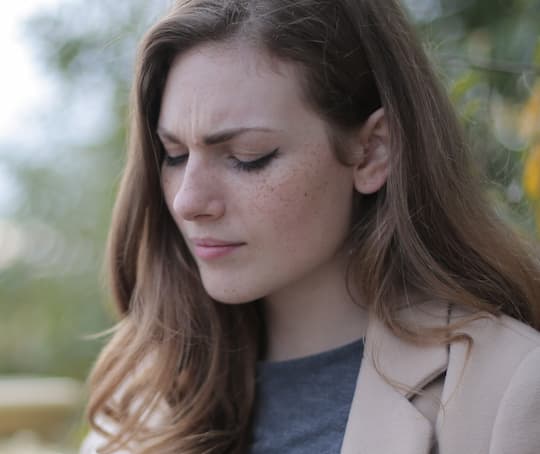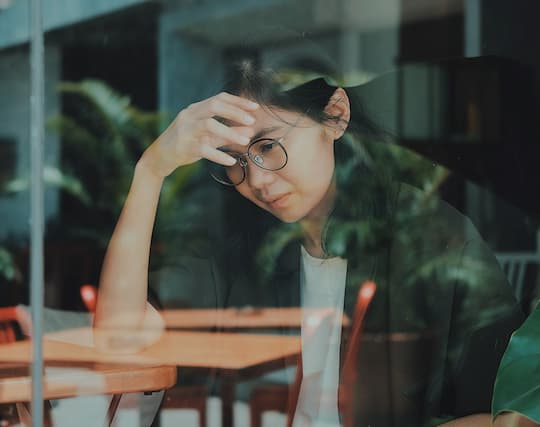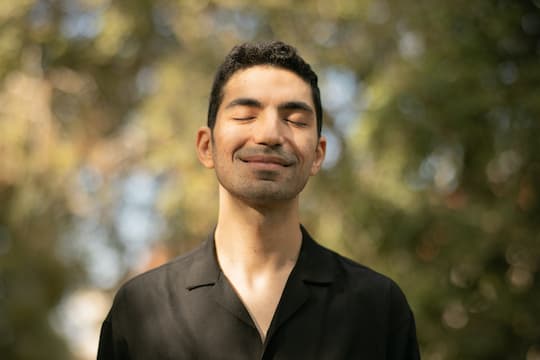Common types of depression have been categorised in many ways, but the forms are resistant to structure.
Depression is a very complex state which is why the signs and types of depression are wide-ranging and often confusing.
Depression is certainly much more than just feeling sad.
Because of the complexity of depression, scientists are not sure exactly how many ‘types’ there are — or even if it can be comprehensively put into types.
Psychiatrists and psychologists use a series of categories that have emerged over the years, which seem to describe some people’s experience of depression, but are highly unsatisfactory.
Major depression
Major depression is relatively common and can last weeks or months and may have no clearly identifiable cause.
Symptoms can include:
- sadness,
- changes in appetite,
- lack of concentration,
- memory problems,
- thoughts of death
- and feelings of worthlessness.
Major depression is also sometimes called major depressive disorder, clinical depression, melancholic, psychotic or many other names.
Briefly, here are some of the types of depression that are commonly referred to:
- Bipolar disorder: What used to be called manic depression. Its most obvious symptom is very severe mood swings; it is a condition of extreme emotional states.
- Persistent depression: lasting two or more years.
- Psychotic depression: includes periods of delusions and hallucinations.
- Perinatal depression: related to pregnancy and childbirth.
- Seasonal depression: brought on by seasonal changes.
- Situational depression: reacting to the death of a loved one, a divorce or other tragedy.
- Atypical depression: depression that does not fit into the other categories.
New approaches to types of depression
The system of types of depression outlined above has grown up over the years in a disorganised manner.
Some modern attempts have been made to put depression into categories that are more comprehensive.
Here are three of those typologies:
There are 4 types of depression
One recent attempt is through the use of brain scans (Drysdale et al., 2016).
The brain scans revealed distinctly different types of brain activity in each sub-type.
Dr. Conor Liston, who led the research, said:
“The four subtypes of depression that we discovered vary in terms of their clinical symptoms but, more importantly, they differ in their responses to treatment.
We can now predict with high accuracy whether or not a patient will respond to transcranial magnetic stimulation therapy, which is significant because it takes five weeks to know if this type of treatment works.”
The four different types of depression they identified are:
- Biotype 1 is characterised by anxiety, insomnia, and fatigue.
- Biotype 2 is characterised by exhaustion and low energy.
- Biotype 3 is characterised by an inability to feel pleasure as well as slowed movements and speech.
- Biotype 4 is characterised mostly by anxiety with insomnia along with the inability to feel pleasure.
They are called ‘biotypes’ because of the biological means (brain scans) used to identify them.
Previously, symptoms have been used to identify different types of depression.
But this can produce unsatisfying answers.
It is hoped that a biological approach will help to provide some extra precision for diagnosis and treatment.
Dr Liston said:
“Depression is typically diagnosed based on things that we are experiencing, but as in election polling, the results you get depend a lot on the way you ask the question.
Brain scans are objective.”
The conclusions come from a study of over 1,100 fMRI brain scans of people with depression, compared with healthy controls.
Researchers at seven different institutions worked to identify the abnormal patterns of connectivity in the brains and how they were linked to depressive symptoms.
They found the patterns clustered together.
For example, one group had reduced connectivity in the part of the brain that is important for fear-related behaviour.
This was most often seen in sub-types 1 and 4, both of which are characterised by high levels of anxiety.
Dr Liston concluded:
“Subtyping is a major problem in psychiatry.
It’s not just an issue for depression, and it would be really valuable to have objective biological tests that can help diagnose subtypes of other mental illnesses, such as psychotic disorders, autism and substance abuse syndromes.”
There are 12 types of depression
Another analysis of types of depression argues that depression is actually formed of 12 different sub-types, many of which have very different causes (Rantala et al., 2017).
Mr Severi Luoto, study co-author, said:
“The evidence that major depressive disorder is a group of separate syndromes comes from the observations that patients not only have many hundreds of unique symptom profiles, but many of the symptoms often have opposite features such as insomnia or hypersomnia, or an increase or decrease in appetite.”
These 12 sub-types of depression are set off by:
- Infection, in which sickness behaviour to combat pathogens and parasites may lead to symptoms such as loss of appetite, sleep disturbances, anhedonia, impaired concentration.
- Long-term stress which is known to activate the immune system, causing an increase in proinflammatory cytokine levels that influence mood.
- Loneliness.
- Traumatic experience.
- Hierarchy conflict where events such as unemployment, exclusion from a social group, bullying at school or professional hierarchy conflicts may trigger a depressive episode.
- Grief.
- Romantic rejection.
- Postpartum events which lead to depression in 10-15% of women.
- The season, where Seasonal Affective Disorder (SAD) affects the individual at the same time each year.
- Chemicals such as alcohol and cocaine.
- Somatic diseases such as Alzheimer’s, Parkinson’s, migraine, epilepsy, stroke and traumatic brain injury.
- Starvation which is known to reduce mood and, when prolonged, can lead to apathy and social withdrawal.
Professor Markus Rantala, the study’s first author, said:
“With the help of the 12 depression subtypes, it will be easier to find more effective treatments for depression.
This is because the focus will be on treating the underlying reasons (triggers) of depression instead of merely focusing on the symptoms, which is how traditional psychiatry treats depression.
We argue that the occurrence of symptoms (or patterns of symptoms) depends on the subtype of the depressive episode.
The particular manifestation of depressive symptoms may have more to do with what triggered the depression (i.e. the proximate mechanisms) than the personality of the patient.”
Diagnosing people using these sub-types should make treatments more effective.
There are 5 types of depression
People who are depressed often also feel anxious, so some researchers have tried to incorporate both depression and anxiety into their description of types.
Instead of being ‘depressed’ and/or ‘anxious’, some research suggests five different types of depression and anxiety (Grisanzio et al., 2017).
The five are tension, anxious arousal, general anxiety, anhedonia — the inability to feel pleasure — and melancholia.
Each type has its own particular symptoms and effects on the brain.
The researchers describe the types as follows:
1. Tension
This type is defined by irritability.
People are overly sensitive, touchy, and overwhelmed.
The anxiety makes the nervous system hypersensitive.
2. Anxious arousal
Cognitive functioning, such as the ability to concentrate and control thoughts, is impaired.
Physical symptoms include a racing heart, sweating, and feeling stressed.
Professor Leanne Williams, who led the study, explained:
“People say things like ‘I feel like I’m losing my mind.
They can’t remember from one moment to the next.”
3. Melancholia
People experience problems with social functioning.
Restricted social interactions cause further distress.
4. Anhedonia
The primary symptom is an inability to feel pleasure.
This type of depression often goes unrecognized.
People are often able to function reasonably well while in a high state of distress.
Professor Williams said:
“We see it in how the brain functions in overdrive.
People are able to power through but at some time become quite numb.
These are some of the most distressed people.”
5. General anxiety
A generalized type of anxiety with the primary features involving worry and anxious arousal—a more physical type of stress.
Overlapping symptoms
Psychologists typically find that anxiety and depression share many overlapping symptoms.
The five categories arrived at in this study come from over 800 people, some of whom had anxiety and depression diagnoses.
They had complete psychiatric testing, along with analysis of their outlook on life, their social relationships and their functioning in everyday life.
The patterns of brain activation and symptoms suggested five categories.
The study found that the most common type was the ‘tension’ type.
Ms Katherine Grisanzio, the study’s first author, said:
“Interestingly, we found that many people who did not meet diagnostic criteria, but were still experiencing some symptoms, fell into the tension type.”
After this, anxious arousal was the next most common type, then melancholia and general anxiety, while the least common type was anhedonia, the inability to feel pleasure.
Currently, anxiety and depression are treated in much the same way, Professor Leanne Williams, who led the study, said:
“…the treatments would be the same for anyone in these broad categories.
By refining the diagnosis, better treatment options could be prescribed, specifically for that type of anxiety or depression.”
.










